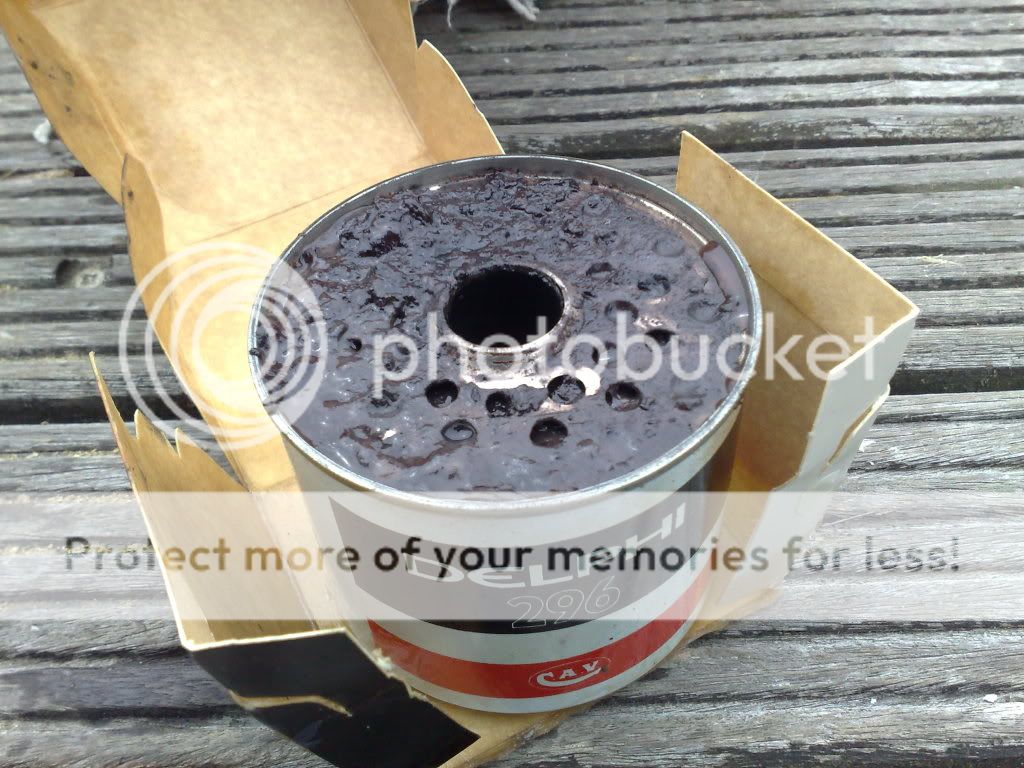Mings74
Member
Hi all,
I finally put my one day diesel course to good use today, serviced my engine and replaced the impeller. (I'm a complete mechanical buffon). When I changed the water separator filter it looked like this!!!.

Amazingly the engine was running fine (Perkins 30hp 3 cyl Perama), although I've no idea how!. Is this normal sludge after one year, or is it the dreaded diesel bug?. Cheers Ming
I finally put my one day diesel course to good use today, serviced my engine and replaced the impeller. (I'm a complete mechanical buffon). When I changed the water separator filter it looked like this!!!.

Amazingly the engine was running fine (Perkins 30hp 3 cyl Perama), although I've no idea how!. Is this normal sludge after one year, or is it the dreaded diesel bug?. Cheers Ming
